Zongzi, a traditional Chinese rice dumpling wrapped in bamboo leaves, holds a cherished place in culinary culture, especially during the Dragon Boat Festival. This triangular or pyramidal treat, filled with glutinous rice and an array of savory or sweet ingredients, has evolved over centuries. Among its many variations, one component often sparks curiosity: the salted duck egg yolk. A golden, velvety orb nestled within the sticky rice, it adds a rich, savory depth to the dish. Yet, a common question lingers: Are these salted duck egg yolks raw? This article delves into the science, history, and culinary traditions surrounding salted duck eggs in zongzi, dispelling myths and celebrating the craftsmanship behind this beloved ingredient.
The Enigma of Salted Duck Egg Yolks in Zongzi
At first glance, the salted duck egg yolk might appear deceptively simple—a bright, ovoid centerpiece. However, its preparation involves a meticulous process that transforms a fresh egg into a culinary gem. To understand whether it is raw, one must explore the art of salt curing, a preservation method dating back thousands of years.
Salted eggs, or yan dan (咸蛋) in Chinese, are typically made by coating fresh duck or chicken eggs in a salty mixture, often with clay, ash, or rice straw. Over weeks or months, osmosis draws moisture from the egg, replacing it with salt. This process denatures the proteins in the egg white and yolk, altering their texture and flavor. The result is a briny, gelatinous white and a firm, golden yolk. But does this mean the yolk is cooked?
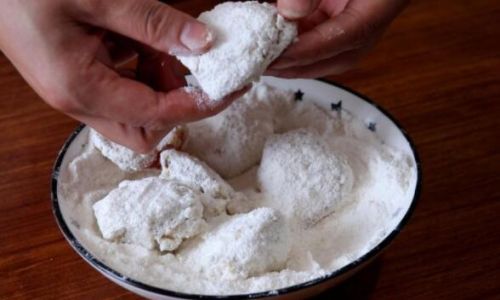
The Science of Salt Curing: A Chemical Alchemy
Curing eggs with salt is a form of food preservation that predates refrigeration. Salt acts as a natural antimicrobial agent, inhibiting the growth of harmful bacteria. However, its role extends beyond preservation—it chemically transforms the egg’s structure.
When eggs are submerged in a salt-rich environment, several processes occur:
- Osmosis: Salt draws water out of the egg’s cells, concentrating the proteins and fats.
- Protein Denaturation: The salt disrupts the protein molecules in the egg white and yolk, causing them to unwind and rebond. This is similar to what happens when an egg is cooked with heat, but here, the “cooking” occurs at room temperature.
- Texture and Flavor Changes: The egg white becomes translucent and gelatinous, while the yolk takes on a creamy, grainy texture and a rich, umami flavor.
Scientifically, the salted yolk is not “raw” in the traditional sense. While it hasn’t been exposed to heat, the curing process has irreversibly altered its protein structure, effectively “cooking” it through chemical means. This distinction is crucial for understanding food safety and culinary practices.
Debunking the Raw Egg Myth: Food Safety and Traditional Wisdom
A common concern about salted egg yolks is the risk of consuming raw eggs, which can carry pathogens like Salmonella. However, the curing process eliminates this risk. Salt creates an inhospitable environment for bacteria, ensuring the egg remains safe to eat even without refrigeration.
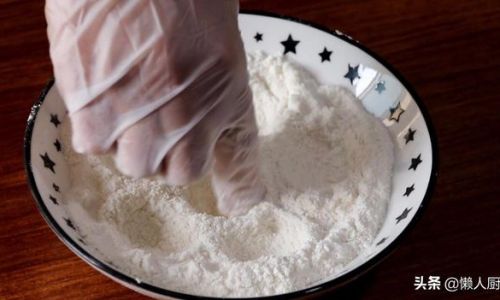
Traditional Chinese cuisine often employs salt curing for this very reason. For instance, centuries-old recipes for century eggs (pidan) or salted fish rely on similar principles. The salted duck egg yolk in zongzi is no exception—it is a testament to ancient food preservation techniques that prioritize both safety and flavor.
The Cultural Significance of Salted Duck Eggs
Salted eggs have been part of Chinese gastronomy for over 2,000 years. Historical records trace their origins to the Zhou Dynasty (1046–256 BCE), where they were considered a delicacy reserved for nobility. Over time, they became a staple in households, especially in southern China, where duck farming flourished.
In zongzi, the salted yolk symbolizes the sun and vitality, balancing the earthy flavors of glutinous rice and mung beans. Its inclusion reflects the yin-yang philosophy, where salty and sweet, soft and chewy textures harmonize. During the Dragon Boat Festival, zongzi filled with salted yolks are often exchanged as gifts, embodying wishes for prosperity and good fortune.
Regional Variations in Zongzi Preparation
China’s vast culinary landscape has given rise to countless zongzi variations, each reflecting local tastes and ingredients. While salted duck egg yolks are a common feature, their preparation and pairing differ regionally:
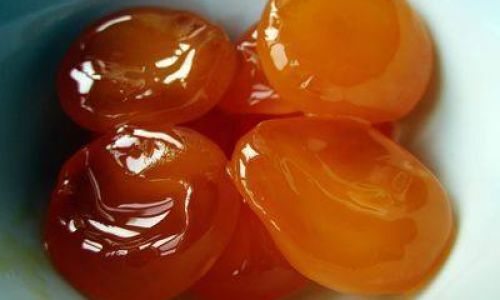
- Southern China (Guangdong, Fujian): Zongzi here often feature a whole salted yolk paired with marinated pork belly, mushrooms, and chestnuts. The dumplings are larger and richer, reflecting the region’s affinity for bold flavors.
- Northern China (Beijing, Shandong): Salted yolks may be mixed with sweet bean paste or red bean paste, creating a sweet-savory contrast.
- Southeast Asia: In countries like Malaysia and Singapore, zongzi (known as bak chang) might include salted yolks with dried shrimp, peanuts, and spices, showcasing fusion cuisine.
Despite these variations, the salted yolk remains a unifying element, prized for its ability to elevate the humble rice dumpling into a gourmet experience.
The Art of Making Salted Duck Eggs
Crafting the perfect salted egg yolk is both science and art. Traditional methods involve:
- Selecting Eggs: Fresh duck eggs are preferred for their large yolks and rich flavor.
- Curing Mixture: Eggs are coated in a paste made of salt, clay, and water, or submerged in brine.
- Aging: The eggs are stored in cool, dry places for 4–6 weeks. Some artisans age them for up to three months to intensify the flavor.
- Testing: A common method to check readiness is to float the egg in water—a mature salted egg will sink.
Modern commercial production may use vacuum-sealing or accelerated curing techniques, but the essence remains the same: patience and precision.
Culinary Techniques: Integrating Salted Yolks into Zongzi
The process of wrapping zongzi with salted yolks is a ritual passed through generations. Here’s a glimpse into the steps:
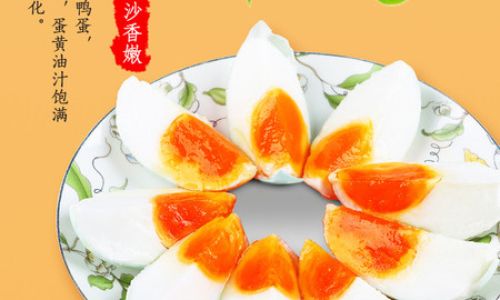
- Soaking Rice: Glutinous rice is soaked in water, sometimes with soy sauce or salt, to infuse flavor.
- Preparing Fillings: Marinated pork, mushrooms, and salted yolks are layered in the center.
- Wrapping: Bamboo leaves are folded into a cone, filled with rice and fillings, and sealed with twine.
- Cooking: The dumplings are boiled for hours, allowing the flavors to meld.
The salted yolk’s role is pivotal—its buttery texture complements the sticky rice, while its saltiness cuts through the richness of the pork.
Modern Adaptations and Health Considerations
In recent years, health-conscious consumers have sought alternatives to traditional salted eggs. Low-sodium versions, made with reduced salt or natural preservatives like vinegar, have emerged. Vegan options, using ingredients like pumpkin or mung bean paste to mimic the yolk’s texture, are also gaining popularity.
However, purists argue that these adaptations lack the depth of flavor and cultural authenticity of traditional salted yolks. Balancing tradition with modern preferences remains a delicate dance in contemporary Chinese cuisine.
The Sensory Experience: Tasting a Salted Yolk Zongzi
Eating a zongzi with salted yolk is a multisensory experience. As you unwrap the bamboo leaves, the aroma of steamed rice and smoky pork fills the air. The first bite reveals the creamy yolk, its granular texture melting into the sticky rice. Each grain of rice, infused with soy sauce and pork fat, harmonizes with the yolk’s saltiness, creating a symphony of flavors.
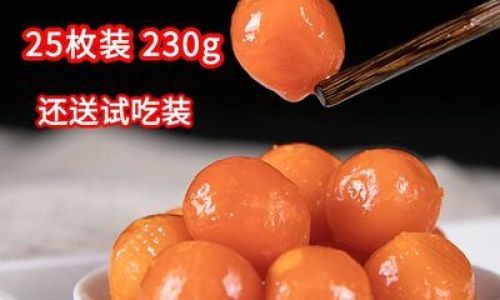
Conclusion: A Timeless Culinary Treasure
The salted duck egg yolk in zongzi is a marvel of culinary ingenuity. Though it appears raw, its preparation through salt curing renders it safe, flavorful, and anything but ordinary. This humble ingredient, steeped in tradition, bridges the past and present, connecting generations through shared meals and cultural heritage.
Next time you savor a zongzi, take a moment to appreciate the alchemy that transforms a simple egg into a golden treasure. It is a testament to human creativity—and a reminder that some of the most profound flavors are born from patience, salt, and time.
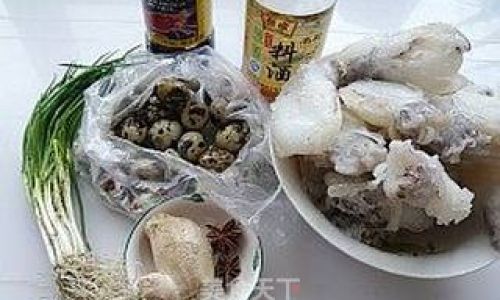
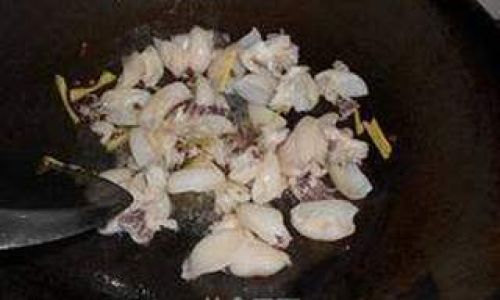


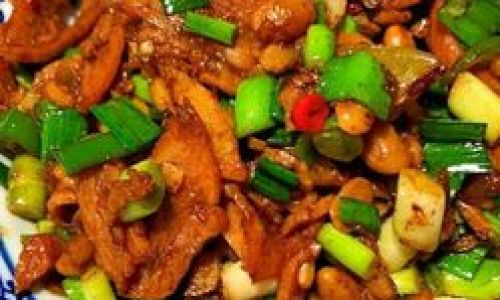
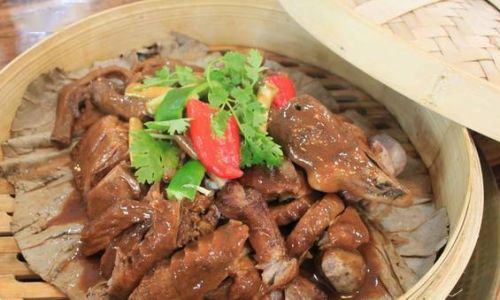
0 comments